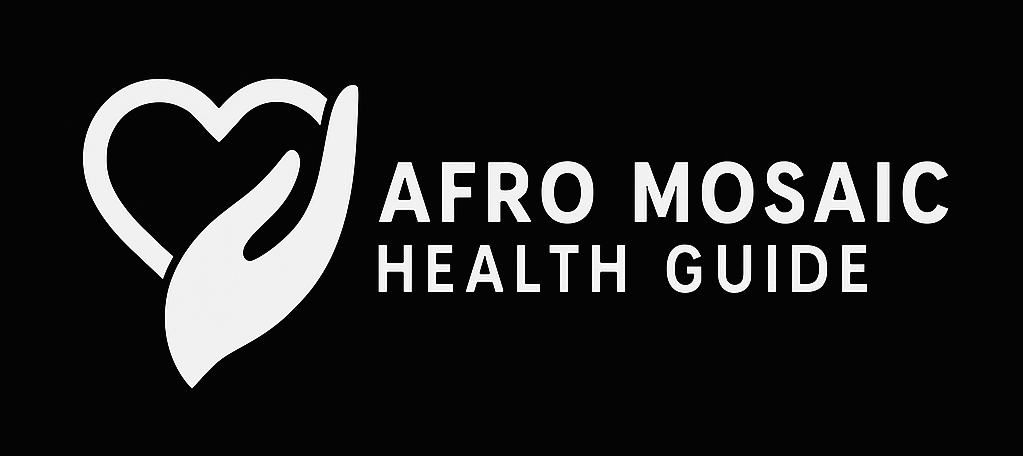Imagine heading into the doctor’s office. You expect to be seen. You expect to leave with either relief or a clear next step. But for many Canadians right now, that expectation is faltering. The data doesn’t lie: long wait-lists, escalating strain, compromised outcomes.

A landmark study by Philips — their Future Health Index 2025 – Canada survey — delivers sobering statistics. Nearly 45 % of patients report enduring long wait times just to see a physician. One in four (27 %) say their health worsened because of delays. And shockingly, around 20 % — that’s one in five Canadians — say they ended up in hospital while still waiting for care. On average, patients seeking a specialist wait 131 days — the longest among 16 countries surveyed. Beyond that, clinicians themselves say they’re wasting hours each shift because patient data is incomplete, inaccessible — and many believe digital tools and AI could help. Philips+1
Why This Matters – And Why It Hits Home
These figures aren’t just numbers. They’re alarms. They point to a public health-care system under real strain, especially when it comes to timely access to care — the cornerstone of good outcomes. If you can’t be seen when you need to be, every countdown becomes a risk, every delay a possible setback.
For professionals dedicated to community health-education and empowerment (like you), this isn’t a distant problem — it’s very much part of your field of play. The opportunity here is urgent: patient empowerment, smarter triage models, outreach to underserved groups — these aren’t optional extras. They’re essential responses. Digital health tools, community-care models and workflow innovation are no longer “nice to have”. These are what we need if we’re going to close the gap between needing care and receiving care.
What to Watch (and What to Do)
Here are actionable angles to keep an eye on — and ways you might position your own content, programs or messaging:
- Provincial/Territorial Funding & Staffing: Watch how different Canadian jurisdictions respond. Will they inject resources, recruit more clinicians, optimize workflows? Your audience needs to understand how system-change translates into lived-experience.
- Digital & AI-Driven Solutions: The study shows clinicians believe digital/AI tools can reduce delays. But adoption depends on trust, clarity and data-readiness. If you’re crafting education content, show how digital tools can be access-enablers. HIT Consultant

Rural, Remote, Marginalized Communities: These groups historically face worse access — and with wait times this long, delays have even greater consequence. Tailor content that speaks specifically to these populations: what they can do, what rights they have, how to navigate the system.
- Access + Delay as the New Basics: When you create health-education materials, factor in that access problems + delays are now part of the context. Your audience isn’t just worried about what to do when sick — they’re worried about when they’ll be seen and how long they’ll wait. Build this into your narrative.
The Bigger Picture – And the Opportunity
Here’s the paradigm shift: The challenge isn’t just medical—it’s structural. It’s about when care happens, where it happens, how smoothly it happens. And that means the solutions must be strategic, systemic and community-centric.
For your voice in the health-education world, this is a strong story: it’s not doom-and-gloom — it’s call to action. It’s about equipping individuals, families, neighbourhoods and health-partners to take control of this dimension of health that often goes unspoken: the waiting. The systems. The access.
You can position your message like this:
“You deserve care when you need it. Not tomorrow. Not after the system catches up. Now. And you’re part of the solution.”
Think of a workshop, guide or module centred on “Navigating Wait Times & Access Barriers” — helping participants:
- Understand what “normal” wait-times are, and when they should escalate concerns
- Prepare ahead (what questions to ask, what information to bring)
- Know their rights and ask for help when delays become risk
- Leverage digital tools, community supports, peer networks
Because while the system is under strain, your voice is the leverage. You have the chance to help shift the equation from “Waiting → Risk” to “Aware → Action”.

Final Word
The truth is stark: long wait-times and delayed care aren’t just inconvenient — they’re a threat to health outcomes. And when one in five Canadians report ending up in hospital while waiting for care, the message is loud and clear: we must act.
So here’s your moment. Your platform. Your audience. And your rallying cry: Let’s reduce delays. Let’s increase access. Let’s empower communities.
If you found this insight useful — and if you’re ready to stay ahead of the curve, ready to deliver content that matters, then like, share and subscribe. Join us in the movement to make care accessible, timely and impactful. Because when we lift-up the system, we uplift every person.















